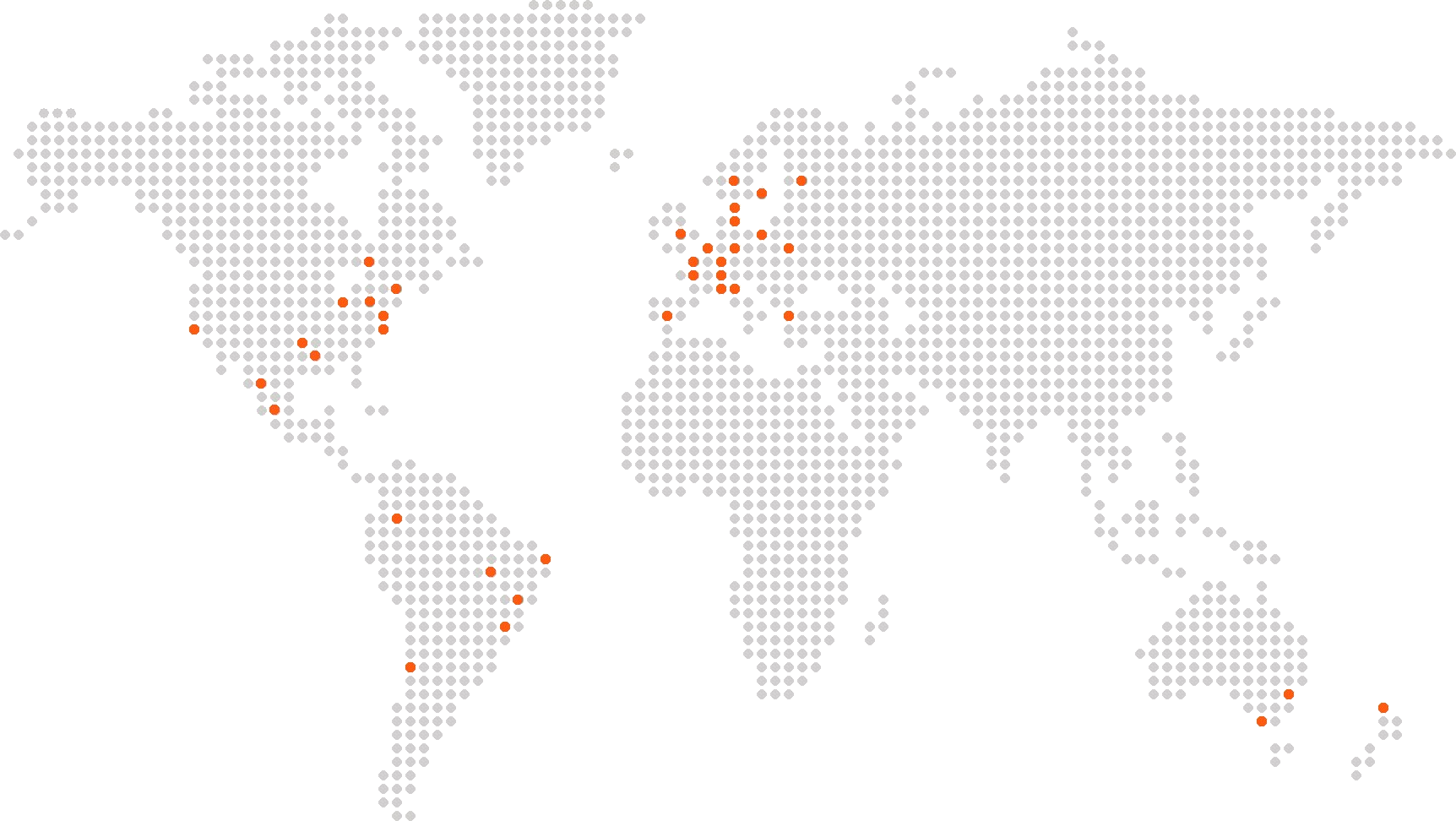By Jose Ruiz
Jose Ruiz serves as Alder Koten’s Chief Executive Officer providing vision, strategic direction and the roadmap for the firm’s future. He is also involved in executive search work focused on board members, CEOs and senior-level executives; and consulting engagements related to leadership and organizational effectiveness helping clients create thriving cultures.
In this globalized era, migration is very common. According to the United Nations, in 2015, 244 million people live abroad, which is an increase of 41 percent from 2000. Thus, we can expect to see people from all walks of life in the workplace. It has become more and more common to work, live, befriend, and even create families with people of diverse background.
With this as the backdrop of modern businesses, understanding how to bridge cultural gaps among various diverse groups is key. The better we understand how to maneuver delicately, the less misunderstanding would occur. Thus more engagement is expected, and more productivity would result.
Whether you are a manager of a diverse group or managing in a foreign country, it is recommended to acknowledge and implement the following.
First, recognize cultural differences.
Be as open-minded as possible. Recognize cultural nuances among the people you are managing. Assume that the behaviors are based on cultural aspects, before you know the person more in-depth. It is a way to respect their differences.
Second, recognize individual differences.
As the relationship progresses, you would be able to distinguish which behaviors are strictly based on cultural norms and those that are based on individual choices. Take time to learn about each team member.
Third, be aware of your behaviors.
Sometimes, we can see others’ faults easily, but our own are placed in a blind spot. Increase awareness by practicing mindfulness. What did you do today? The good and the bad? Take note of them.
Fourth, show respect.
Every culture has a very special place for respect. However, some cultures show it more physically, like bowing in Japanese. Others are less physical, but more on the verbal level, like in most Western cultures. There are certain ways to
Fifth, speak clearly.
Speaking clearly means using concrete words, not abstract words, which can often confuse English as foreign or second language speakers. Use a calm and soft intonation as well, as people tend to absorb information better when listening to a calming tone.
Sixth, be transparent.
A transparent leader is sincere, truthful, and objective. Moreover, these traits are what you need to bridge cultural gaps. Your facial expressions and body language can be very crucial to clarify ambiguous verbal conversations.
Seventh, clarify and ask for clarification when needed.
With respectfulness and understanding for cultural nuances, asking for clarification should not be hard. Offer clarification as well, so the person would feel you are doing your best to converse meaningfully.
Eighth, involve the whole group.
Every culture has its level of involvement. In some cultures, agreeing on most, if not all, issues is sufficient. However, regardless of culture, a good team has engaged members that strive for excellence. Thus, quiet team members should be given a voice in meetings.
Ninth, give credit when it is due.
Wherever you are, give credit when it is due, not only when you are working with people of different cultures. A great leader gives all the credits to his team members while, at the same time, also accepts all the blames.
Tenth, recognize that people learn at their pace.
Recognize that people adapt to various cultures at their pace, depending on their learning styles, past multicultural experiences, and other experiences. Respect that and stay patient when they have not reached a place where you have.
At last, bridging cultural gaps among people in a diverse group requires more than patience and understanding. It requires a respectful and honest communications where clarifying and asking for clarifications should come naturally. In the end, it is not only how you communicate that matters, but also the final quality of the results.
About Alder Koten
Alder Koten helps shape organizations through a combination of research, executive search, cultural & leadership assessment, and other talent advisory services. The firm was founded in 2011 and currently includes 6 partners and over 28 consultants in 4 cities. The firm’s headquarters are located in Houston and it has offices in Guadalajara, Monterrey, and Mexico City with partner firms in New York, Boston, Chicago, Australia, Belgium, Brazil, Canada, Chile, China, Denmark, Finland, France, Hong Kong, Italy, Germany, Netherlands, New Zealand, Norway, Poland, Russia, Spain, Sweden, Switzerland, Turkey, and United Kingdom. We know where to find the executives you need and how to attract top talent to your organization. Our approach to executive search is based on a thorough understanding of the strategic, cultural, financial and operational issues our clients face. Our executive search engagements are targeted and focused on the specific requirements of the position including industry and functional experience, skills, competencies, cultural fit, and leadership style. Our process is rigorous. We take a disciplined and structured approach to identifying potential candidates that meet the position requirements including subject-matter, functional and regional expertise. We use our high-level professional networks, industry knowledge, and internal research resources to achieve results in every executive search engagement.This is a text block. Click the edit button to change this text.






